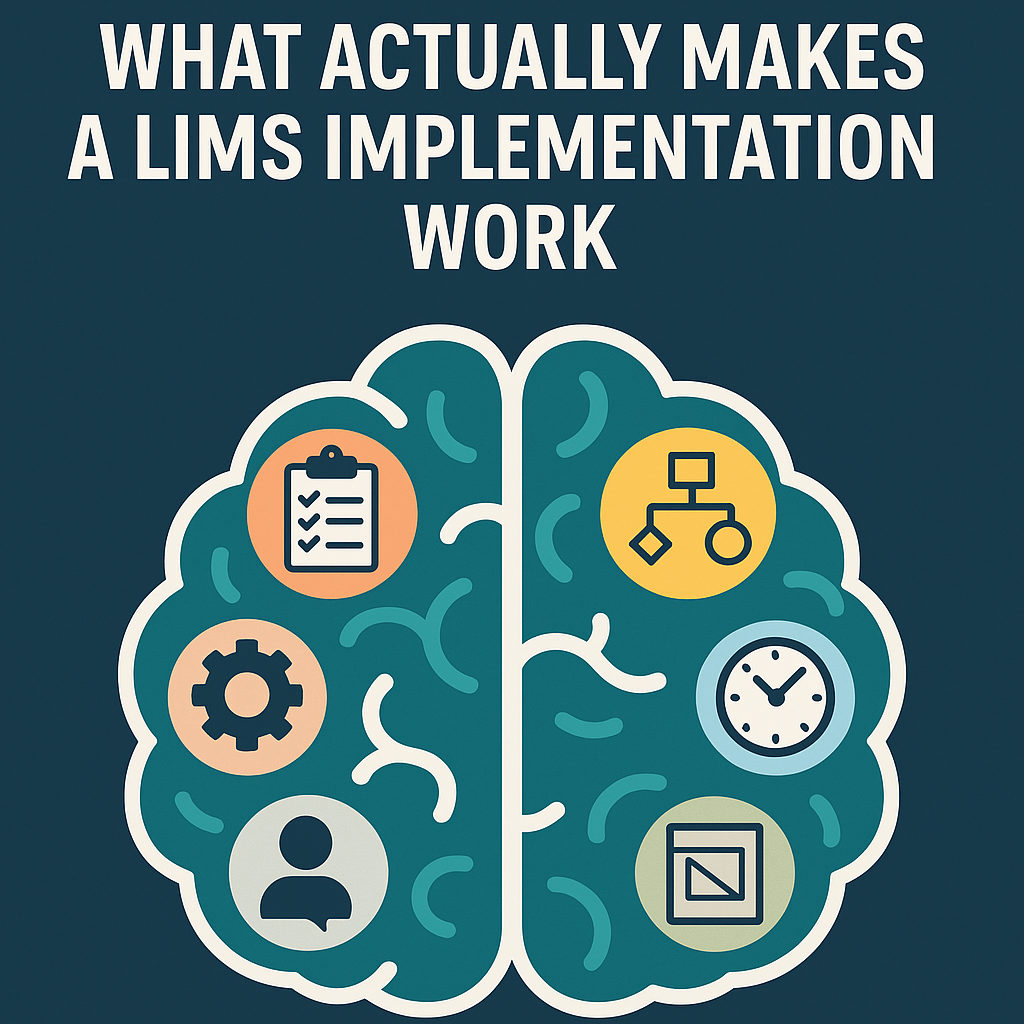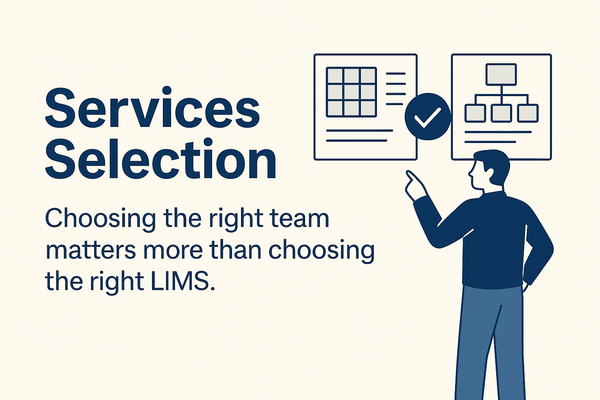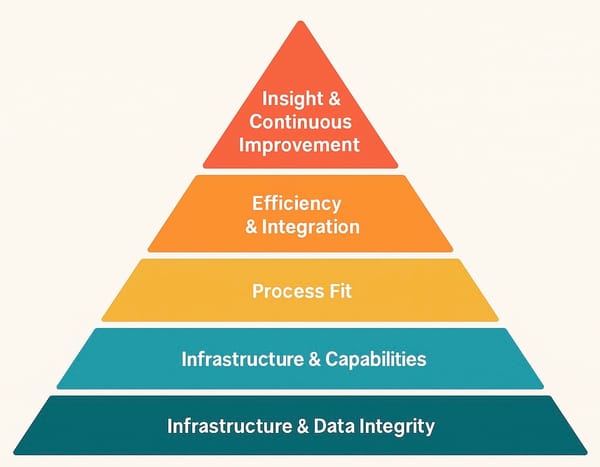What Actually Makes a LIMS Implementation Work

LIMS implementations don’t succeed because someone followed a step-by-step manual.
They succeed because the people involved bring the right mindsets and practice the right habits. Day in and day out.
Systems can be complex. Teams are cross-functional. Priorities shift.
And no two labs are exactly the same.
What makes the difference isn’t having all the answers up front, it’s having the tools and behaviours to navigate the unknown.
This article breaks down the frameworks and habits that I’ve seen make the biggest impact, both in my own work and across the industry.
Frameworks to Work From
Reusable ways of thinking. Because no two labs are the same.
1. Minimum Viable LIMS (MVL)
Don’t try to spec the perfect system up front.
Build just enough to surface real user needs. The MVL approach gets you out of endless planning loops and into meaningful feedback. A working prototype teaches you more than 30 meetings ever will.
Click here to read more about MVL.
2. Assumption Mapping & Early Testing
Every implementation rests on assumptions:
“Users will enter this data.”
“The integration will be straightforward.”
“This workflow won’t change.”
Don’t pretend they’re not there. Map them and test the risky ones early. The more you front-load reality checks, the fewer surprises mid-sprint.
3. Role Fluidity
Great LIMS consultants wear many hats.
BA, dev, SME, trainer…it’s all fair game. The best consultants don’t get stuck in job titles. They solve problems and use roles as tools. Think like a system, communicate like a human.
4. Strategic Selection as a Process
Choosing a LIMS isn’t a product decision. It’s a business design decision.
And yet, too many teams treat it like a feature comparison spreadsheet. Strategic selection means factoring in your team, your timeline, your data, and your growth. It’s not a moment. It’s a method.
Think in terms of outcomes, not tools.
Habits That Deliver
Mindsets are only useful if they show up in your day-to-day work.
1. Ship Before It’s Comfortable
It’s tempting to wait until it’s “perfect” before showing anything.
But perfection is an illusion. Early prototypes (even clunky ones) create momentum and uncover blind spots.
2. Narrate the Unknown
“I’m not sure yet, but here’s how we’ll find out.”
That phrase builds more trust than false confidence ever will. When you normalize uncertainty, you unlock progress.
3. Track and Revisit Assumptions
Capture the decisions you’re not sure about.
Leave breadcrumbs.
Six weeks from now, when the team says, “Why did we do it this way?”, you’ll have an answer. And the context to change it safely.
Test the riskiest assumptions first.
4. Speak Plainly Across Roles
If only the IT team understands what you said in the meeting, it wasn’t a good meeting. Clear language moves projects forward. Jargon doesn’t.
5. Zoom In, Zoom Out
Know when to get granular (field names, data types), and when to elevate (is this solving the business problem?).
The ability to shift altitude is one of the strongest habits of effective LIMS professionals.
Final Thoughts
There’s no shortcut to a successful implementation.
But there are better tools for thinking and working your way through one.
Frameworks help you see the whole map.
Habits help you keep moving forward. Even when the trail disappears.
That’s what I try to learn, practice, and share through Limplement.
If you’re building the same mindset, I hope you’ll stick around.





